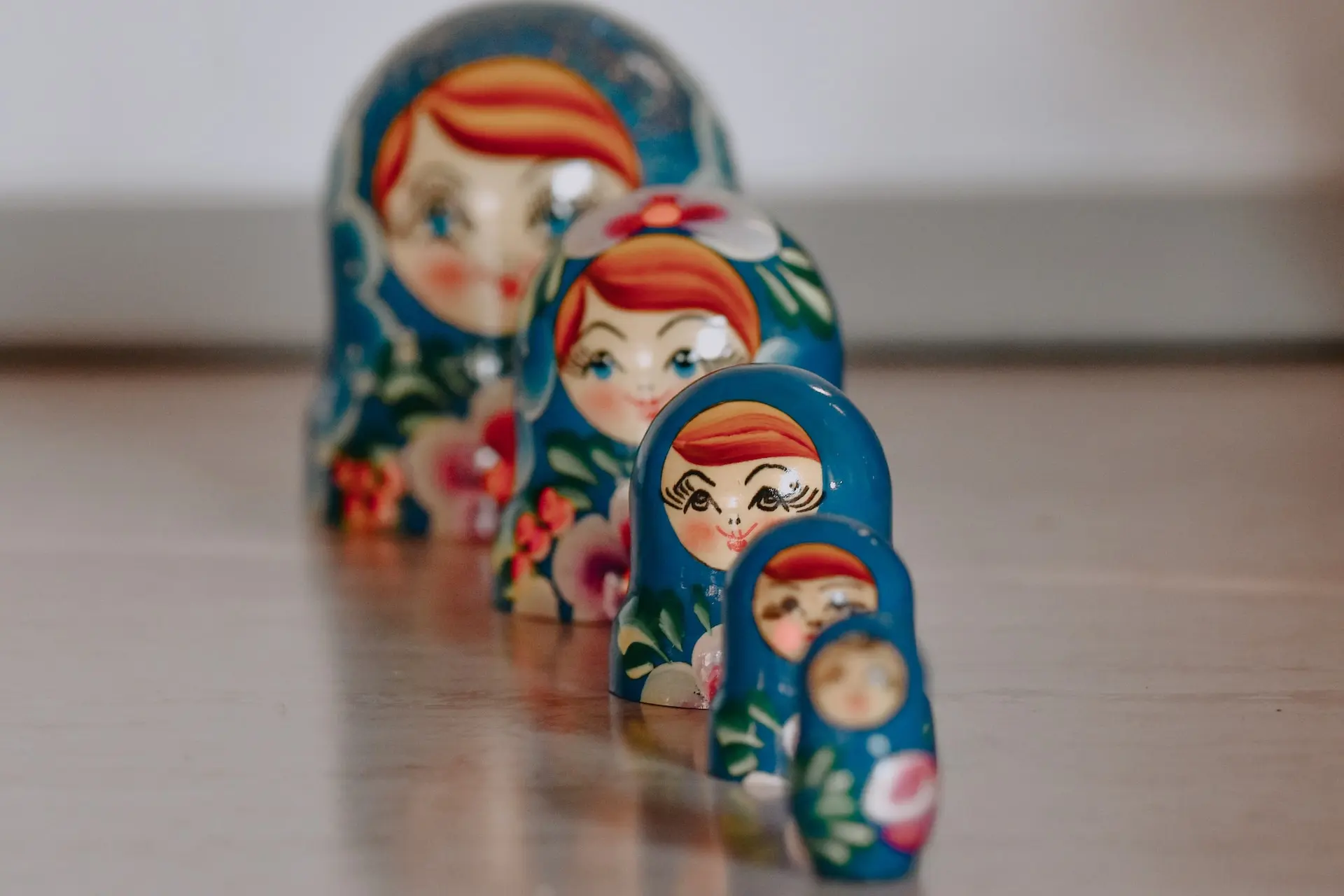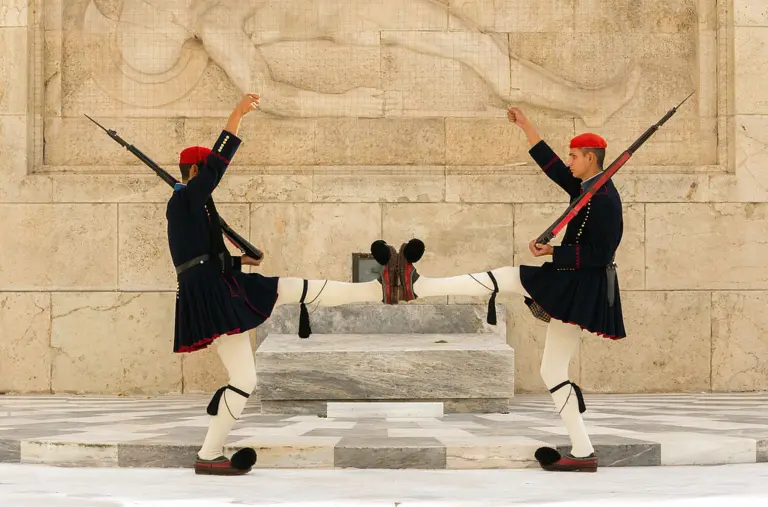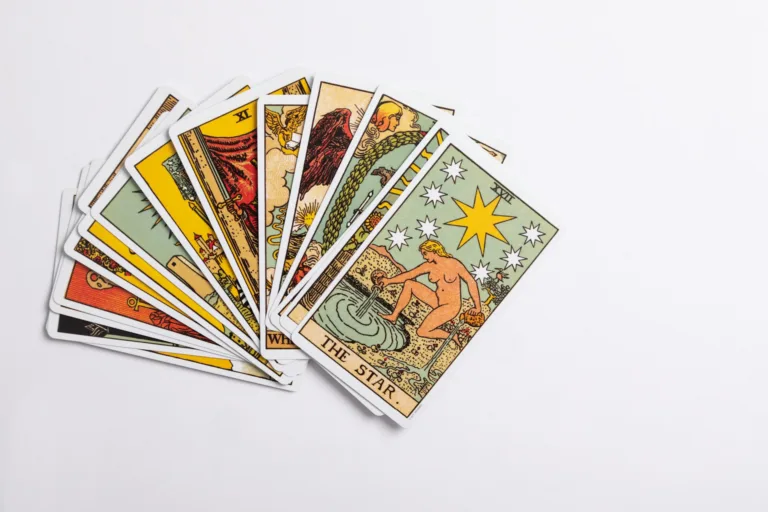Mantras have been used in Hinduism for thousands of years as a way to connect with the divine and access higher states of consciousness. Derived from the Sanskrit language, the word “mantra” means “a tool for the mind” and is composed of energetically charged sacred sounds that are believed to hold spiritual power and vibration. When chanted or recited, these mantras can have a profound effect on the mind, body, and soul by helping to promote healing, peace, and spiritual growth.
Hindu and Buddhist mantras are associated with specific deities or spiritual energies, while others are more general and can be used for a multitude of purposes.
Whether you are looking to connect with a particular deity, seek protection, or cultivate inner peace, there is a Hindu mantra out there for that purpose.
Incorporating Hindu mantras into your spiritual practices such as yoga or even while traveling mindfully, can bring a sense of calm, focus, and inner peace. You can even use mudras while chanting to enhance the effects.
By chanting these powerful sounds, you can activate certain areas of the brain, stimulate the production of hormones and neurotransmitters that promote well-being, and deepen your connection to the divine.
In this article, we will explore some of the most powerful and widely-used Hindu mantras, their meanings, and their benefits.
Table of Contents
ToggleOm, the Primordial Mantra
Before delving into all the other mantras, we must first understand the significance of Om. Om is considered to be the primordial sound of the creation, representing the essence of the universe and the ultimate reality. In Hinduism, Om is believed to be the sound that was present at the creation of the universe and is associated with the Hindu trinity of Brahma, Vishnu, and Shiva. The syllable is often chanted at the beginning and end of Hindu prayers and is also used in meditation as a mantra to help connect with the divine. You can even simply do Om chanting and it will still have profound effects on the body and mind as it is said to resonate with the frequency of the universe. It is also believed to activate the third eye and the crown chakra, allowing us to connect with our higher self and the divine.
Om is considered to be the most powerful and sacred of all the mantras. Also known as the Seed Mantra, where it is believed to hold all of the power of the other mantras in it. The Sanskrit symbol for Om is a combination of three letters – A, U, and M, which represent the three aspects of existence: creation, manifestation and destruction. You will find Om present in almost all major mantras as the starting syllable and it is also the symbol used to represent Hinduism.
5 Hindu Mantras
1. Om Namah Shivaya
Om Namah Shivaya is one of the most powerful and widely-used mantras in the Hindu tradition. The mantra is dedicated to Lord Shiva, one of the most important deities in Hinduism, and is chanted as a way of seeking his blessings and protection.
Shiva is a complex deity, with a rich history and many different facets. He is often referred to as the “Destroyer,” but this does not mean that he is a malevolent force. Rather, Shiva is associated with the cyclical nature of existence, and is seen as a powerful force of transformation and renewal. Shiva is said to have several different forms and manifestations, each with their own unique qualities and attributes.
He is known as the adiyogi or “the First Yogi”, with matted hair and a third eye on his forehead, and is associated with meditation, spiritual discipline, and the pursuit of enlightenment.
The Om Namah Shivaya mantra is believed to help us connect with Shiva’s energy and tap into his power. The mantra is composed of five Sanskrit syllables, each of which is said to correspond to a different aspect of the self or the universe.
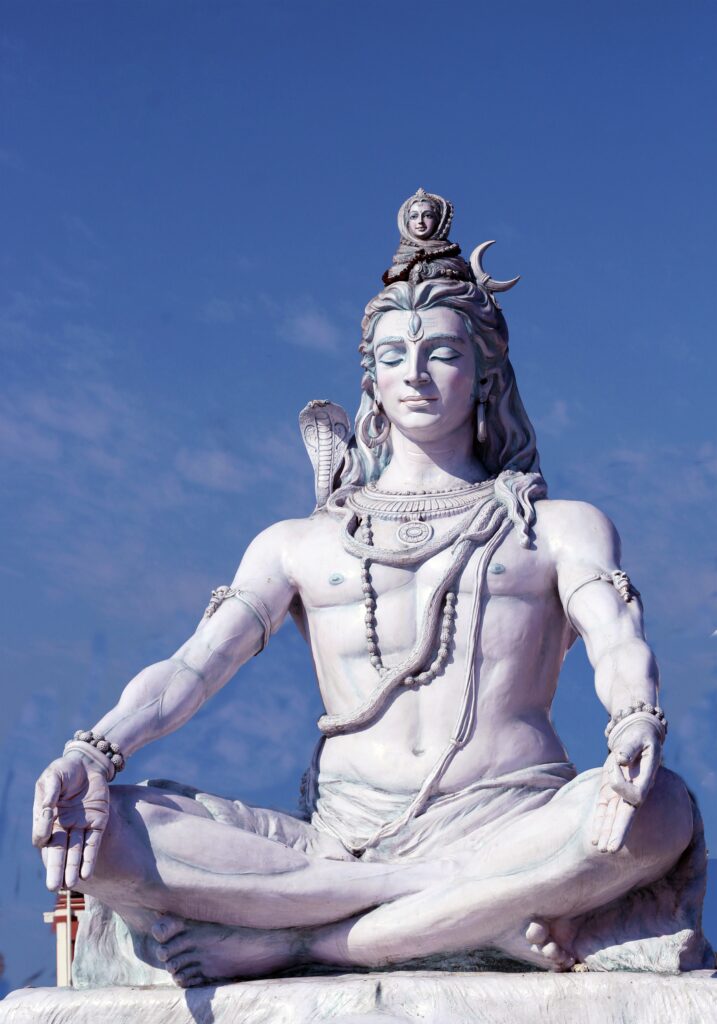
Meaning of Om Namah Shivaya
Om represents the divine essence of the universe and the ultimate reality of Brahman. It is considered to be the sound of creation and the source of all other sounds and mantras. Om is often chanted at the beginning and end of spiritual practices to help focus the mind and connect with the divine.
Namah means “to bow” or “to honor,” and is often used as a way of showing respect and devotion to a deity. In this mantra, it is used to express reverence and humility towards Lord Shiva.
Shivaya is a form of the name Shiva, the lord of meditation and the destroyer of ego and ignorance. The word Shivaya represents the essence of Shiva and the divine consciousness that is believed to be present within all beings.
Together, the mantra “Om Namah Shivaya” is a powerful invocation of Lord Shiva and an expression of devotion and surrender to the divine. The repetition of the mantra is said to create a vibration that can help to align the mind, body, and spirit with the universal consciousness.
Benefits of Om Namah Shivaya
- Helps to dissolve the ego. The ego, or the sense of self, is like a barrier to spiritual growth and realization. By reciting this mantra, we can learn to let go of the ego and surrender to a higher power, ultimately leading to a deeper understanding of ourself and the universe.
- Helps connect with the divine and deepen one’s spiritual practice which paves way for spiritual growth and transformation
- The vibrations produced by the mantra are believed to activate the parasympathetic nervous system, which can help the body and mind relax
- Purifies negative energy and dispel any negative thoughts or emotions
- Promotes physical, emotional, and spiritual healing
- Stimulate the third eye chakra, which is associated with higher perception which leads to enhanced intuition and spiritual insights.
2. Hare Krishna Hare Krishna Krishna Krishna Hare Hare, Hare Rama Hare Rama Rama Rama Hare Hare
The Hare Krishna mantra, known as the Maha Mantra, or the Great Mantra, is also considered as one of the most powerful and widely chanted mantras in the world. It seems long but it’s only made out of three words which are arranged in a specific sequence and rhythm to create a powerful vibration that is said to invoke the energy and presence of the divine. The mantra is associated with the worship of Lord Krishna and Lord Rama, two of the most revered deities in Hinduism. Lord Krishna is considered the embodiment of divine love, while Lord Rama is known for his devotion and righteousness.
Both of them were human incarnations of Vishnu, one of the most important gods in the Hindu Trimurti (Trinity). The Trimurti itself consists of Brahma (the Creator), Vishnu (the Preserver), and Shiva (the Destroyer) but yes, I’m going on a tangent here so let’s get back on track.
Rama and Krishna are significant in that they are key characters in the ancient Indian epics of Ramayana and Mahabharata respectively. By reciting this mantra, you are calling upon the energies of not one but two powerful deities for their divine blessings and guidance.
Krishna Das has an amazing kirtan version of this mantra if you’re curious!
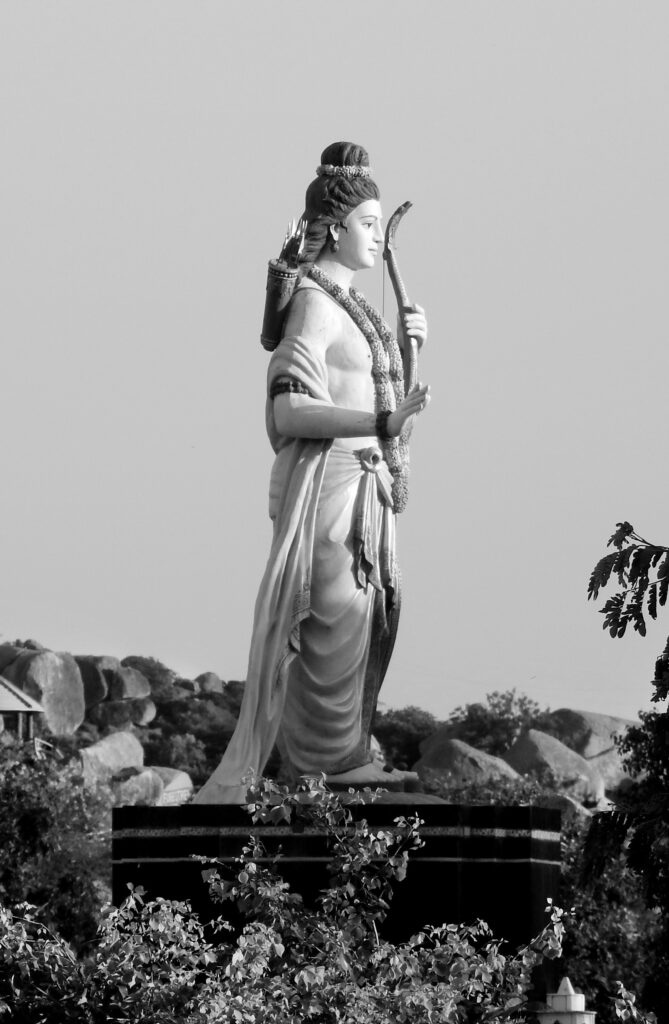
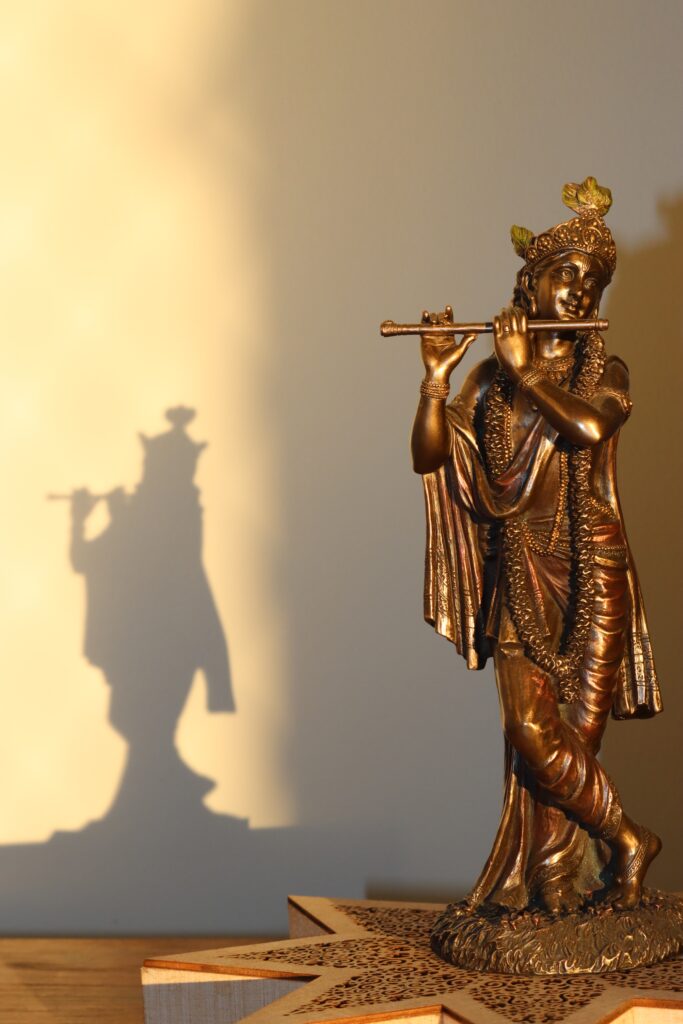
Meaning of the Hare Krishna Mantra
Hare refers to the divine energy or the power of God, and by chanting this word, it is believed to be invoking this energy to help purify the mind and help them on their spiritual journey. It is also another aspect of Vishnu, derived from the word Hari.
Krishna means “all-attractive” and is associated with the divine personality of Lord Krishna. Krishna is considered to be the embodiment of divine love, joy, and compassion. Krishna is also known as the speaker of the Bhagavad Gita (Song of God), which is considered one of the most important and influential texts in Hinduism.
Rama is associated with the divine personality of Lord Rama who is known for his unwavering devotion to dharma, or righteousness, and his determination to uphold it at all costs. He is revered as an ideal king, husband, and son, and is considered to be a symbol of morality, strength, and virtue.
The mantra essentially means “O Lord, O energy of the Lord, please engage me in your devotional service.” Wherein the Lord in this case would be Vishnu, Krishna and Rama who are all in some way, the same Supreme being.
Benefits of the Hare Krishna Mantra
- Helps to connect with God and deepen one’s spiritual practice. It is believed to awaken a feeling of love and devotion for God, leading to a deeper understanding and appreciation of the divine.
- Believed to have a purifying effect on the mind and soul, helping to dispel negative thoughts and emotions. It is said to cleanse the heart and mind of impurities and promote a sense of tranquility and clarity.
- Said to activate the chakras and increase spiritual energy, leading to a heightened state of awareness and perception. It can help to develop intuition and spiritual insight, leading to a deeper understanding of the nature of reality.
- The Hare Krishna mantra is a reminder of our spiritual nature and our ultimate goal of liberation from the material world. Chanting the mantra can help to overcome material desires and attachments, leading to a greater sense of detachment and renunciation.
- Many practitioners of the Hare Krishna mantra describe feeling a sense of elevated consciousness and spiritual joy while reciting it.
- Believed to have the power to purify negative karma, which can help us overcome challenges and obstacles in our lives.
3. Om Gam Ganapataye Namaha
Om Gam Ganapataye Namaha is often recited as an offering of worship to Lord Ganesha, the elephant-headed god of wisdom, knowledge, and new beginnings. This mantra is believed to invoke Lord Ganesha’s blessings and remove obstacles from our path, helping us to move forward with clarity and focus.
Lord Ganesha is known as the son of Lord Shiva and the goddess Parvati. He is known to be the remover of obstacles. His elephant head symbolizes wisdom and his large ears signify the ability to listen attentively to the prayers and wishes of his devotees. Ganesha is widely revered around the world, you will see him present even in Buddhist countries such as Thailand and Sri Lanka where there are a significant elephant population. I have even seen Ganesha all the way in Berlin!
Ganesha is also a god of travel and this mantra is one that I always recite for safety and while on the move.
The first time I ever heard this mantra was through an absolutely beautiful rendition by Mose and Sam Garrett. From then on, Ganesha became a deity that I gladly welcomed into my life.

Meaning of the Ganesha Mantra
Om is considered the most sacred syllable, representing the ultimate reality, consciousness, and the divine.
Gam is the beej mantra, or seed sound, of Lord Ganesha, and is believed to activate his energy and divine qualities.
Ganapataye is another name for Lord Ganesha and is used to invoke his blessings and protection.
Namaha is a Sanskrit word that means “I bow to” or “I honor.” It is a common phrase used at the end of many mantras as a sign of respect and surrender to the divine.
Together they could be interpreted as “I offer my salutations to Lord Ganesha, the remover of obstacles”
Benefits of the Ganesha Mantra
- Ganesha is known as the remover of obstacles, and chanting his mantra can help to remove any obstacles in one’s path, whether they be physical, mental or spiritual.
- Helps to improve focus and concentration, which can be beneficial for those who need to concentrate on their work or studies
- Ganesha is also associated with success and prosperity, and chanting his mantra can help to attract positive energy and abundance into one’s life
- Ganesha is known for his creativity and wisdom, and chanting his mantra can help to stimulate these qualities.
- The vibrations produced by chanting the Ganesha mantra can have a calming effect on the mind and body, helping to reduce stress and anxiety.
- Did you know Ganesha rides a mouse? The mouse is believed to represent the ego, which is one of the biggest obstacles on the path of spiritual growth. By riding on the mouse, Ganesha is said to have conquered his ego and attained a state of supreme consciousness. Thus, chanting the mantra can help us overcome our own ego as well.
4. Om Shreem Maha Lakshmiyei Namaha
Om Shreem Maha Lakshmiyei Namaha is a mantra dedicated to the Hindu goddess Lakshmi. Lakshmi is considered the goddess of wealth, prosperity, and abundance. She is also associated with good fortune, happiness, and success. Lakshmi is often depicted holding lotus flowers, which represent purity and transcendence in both Buddhism and Hinduism.
Lakshmi is said to have chosen Vishnu as her husband because he represented the ultimate goal of life: liberation from the cycle of birth and death. Whenever Vishnu descends on earth as an avatar, she also accompanies him as his consort for example, she is Sita to Rama, and Radha to Krishna. Depending on the tradition, she is also considered as the Divine Feminine, the Mahadevi or Adi Shakti.
In addition to her association with wealth and prosperity, Lakshmi is also considered a divine embodiment of beauty, grace, and charm. Her name means “She who leads to one’s goal.”
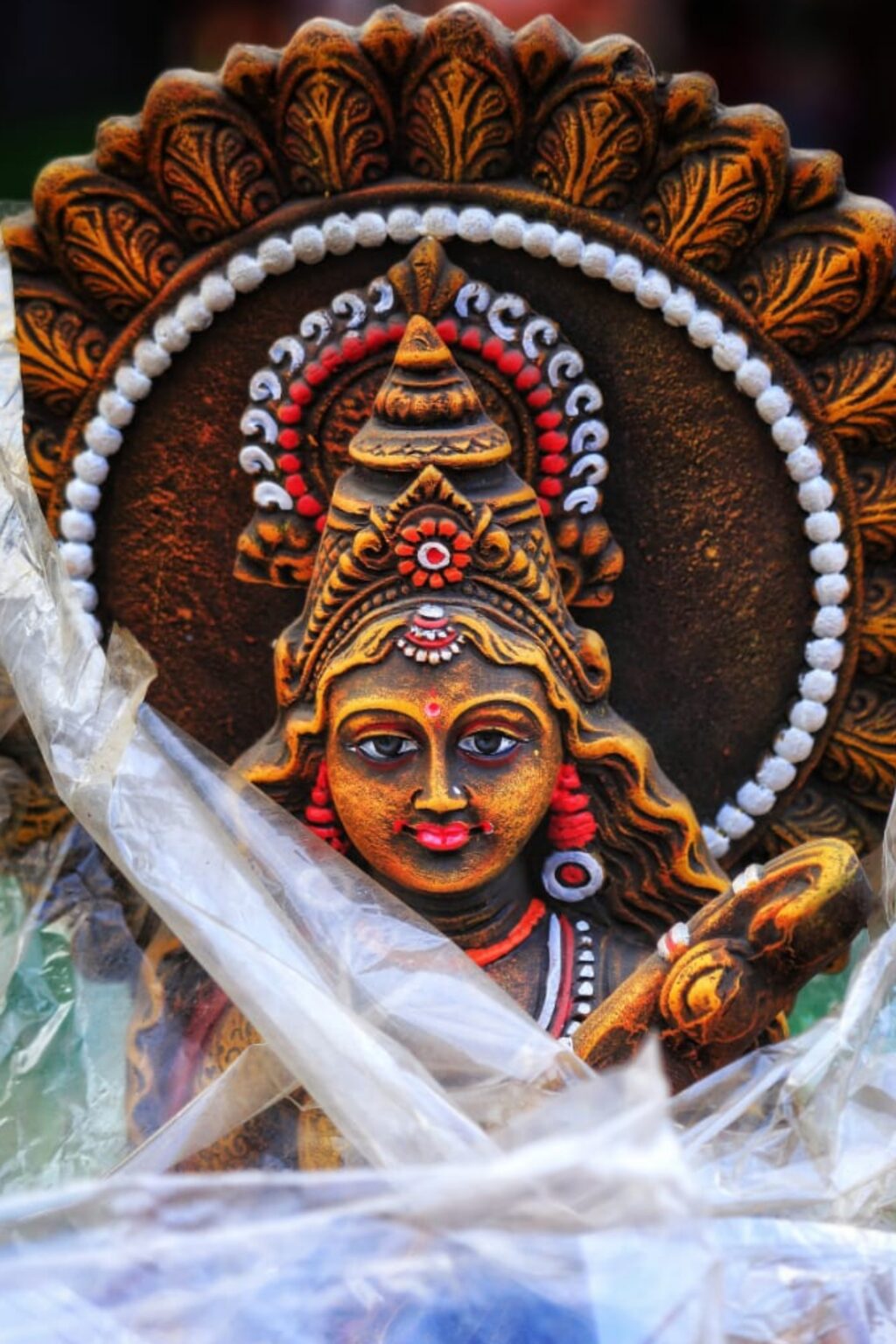
Meaning of the Lakshmi Mantra
Om as the divine essence of the universe and the ultimate reality.
Shreem is a beej mantra associated with Lakshmi, who is revered as the goddess of wealth, prosperity, and abundance.
Maha means “great” or “supreme” in Sanskrit. It is used as an honorific title to denote the grandeur and significance of the object or person being referred to.
Lakshmiyei is the vocative case of the name Lakshmi, indicating an address or invocation of the goddess.
Namaha means “salutations” or “obeisance” to Lakshmi in this case
Altogether, the mantra means “I bow to Lakshmi, the great goddess of wealth and prosperity”
Benefits of the Lakshmi Mantra
- Lakshmi is the goddess of wealth and prosperity, so chanting her mantra can help attract material abundance and financial stability.
- Lakshmi is also associated with inner beauty and radiance, so chanting her mantra can help enhance these qualities within ourselves.
- Believed to help remove obstacles and bring success in one’s endeavors
- Cultivates feelings of gratitude towards the blessings in one’s life and foster a sense of devotion towards the divine
- More than material wealth, it can also help cultivate abundance in other aspects of our lives such as in love, health, opportunities, and overall well-being
5. Om Shanti Shanti Shanti
What better way to end the list than with the Om Shanti mantra? This is a powerful invocation of peace, often used as a closing mantra in Hinduism, Buddhism and Jainism. The repetition of “shanti” three times represents a desire for peace in three realms – the physical, mental, and spiritual realms. “Shanti” is also repeated three times for our own body, mind and spirit as well as to make the past, present and future peaceful. By chanting for peace, we are not only creating a positive vibration within oueselves but also contributing to the collective consciousness of humanity.
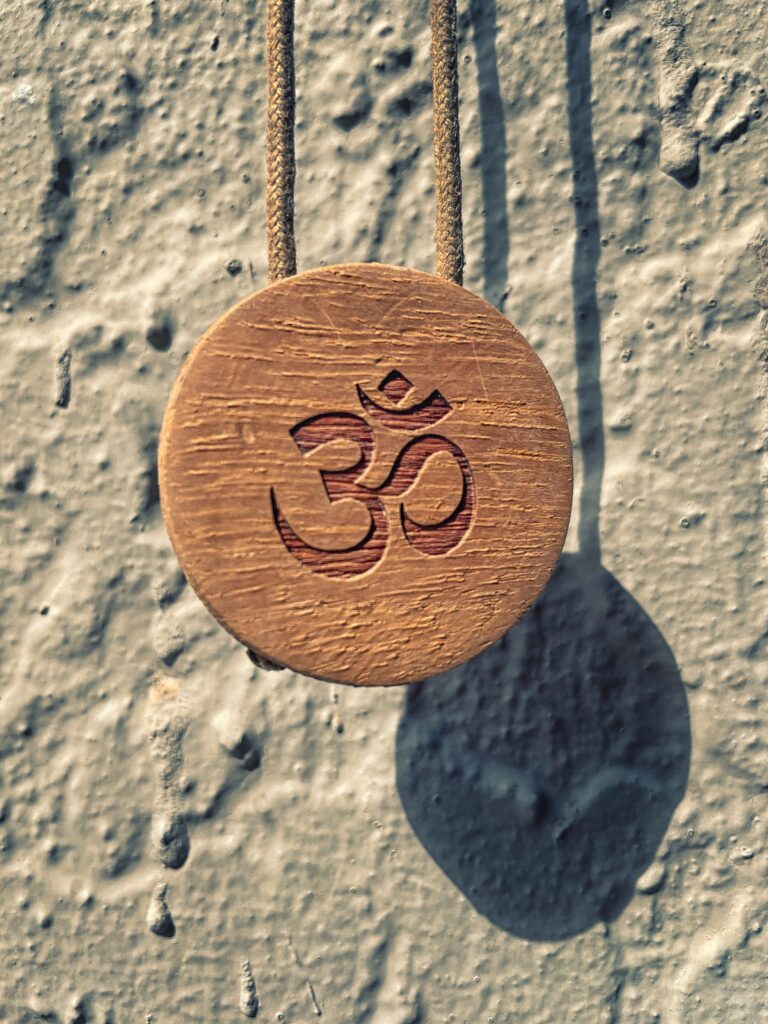
Meaning of the Om Shanti Mantra
Om is considered to be the sound of the universe and the ultimate reality
Shanti means a deep and profound level of peace in Sanskrit. It is also the root of the word “shalom” in Hebrew or “salam” in Arabic which can both be translated as peace
Benefits of the Om Shanti Mantra
- Often used in meditation and spiritual practices to promote inner peace and stillness
- Helps reduce stress and anxiety due to its calming effect on the mind and body
- Helps improve mental clarity and focus.
- The relaxing effects of the mantra can also help improve sleep quality
- Promotes overall well-being, including physical, mental, and emotional health.
- Creates a positive energy field and promotes harmony in one’s surroundings

